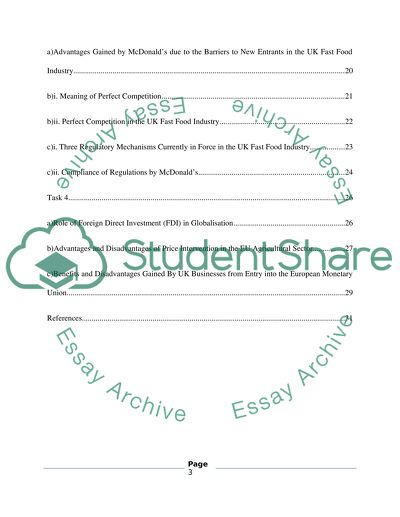Cite this document
(“Business environment Assignment Example | Topics and Well Written Essays - 4250 words”, n.d.)
Retrieved from https://studentshare.org/other/1428021-business-environment
Retrieved from https://studentshare.org/other/1428021-business-environment
(Business Environment Assignment Example | Topics and Well Written Essays - 4250 Words)
https://studentshare.org/other/1428021-business-environment.
https://studentshare.org/other/1428021-business-environment.
“Business Environment Assignment Example | Topics and Well Written Essays - 4250 Words”, n.d. https://studentshare.org/other/1428021-business-environment.


